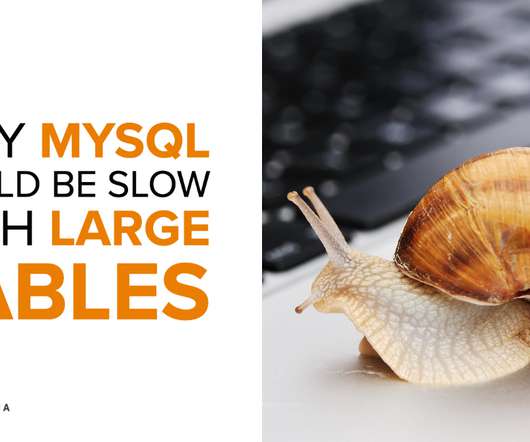The Ultimate Guide to Database High Availability
Percona
JUNE 22, 2023
To make data count and to ensure cloud computing is unabated, companies and organizations must have highly available databases. This guide provides an overview of what high availability means, the components involved, how to measure high availability, and how to achieve it. How does high availability work?







































Let's personalize your content